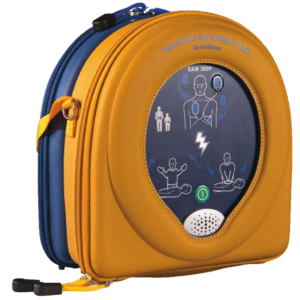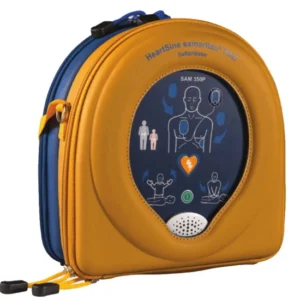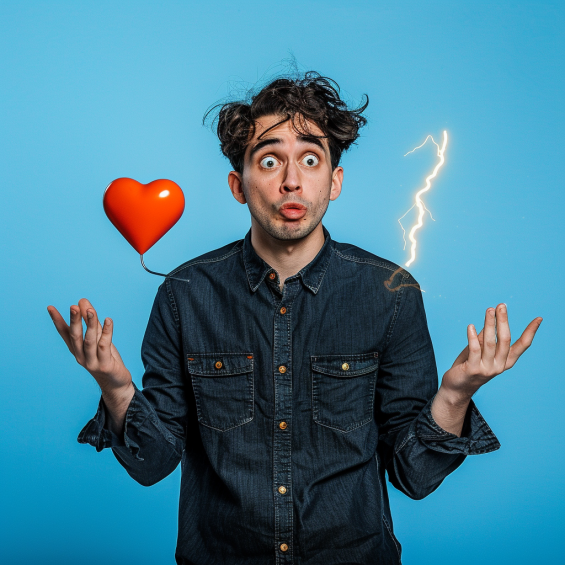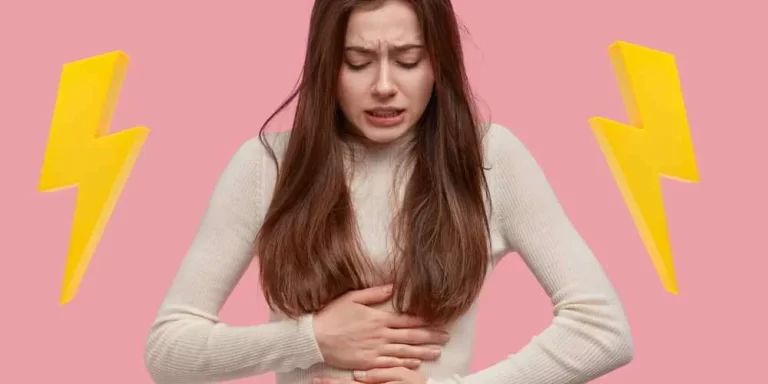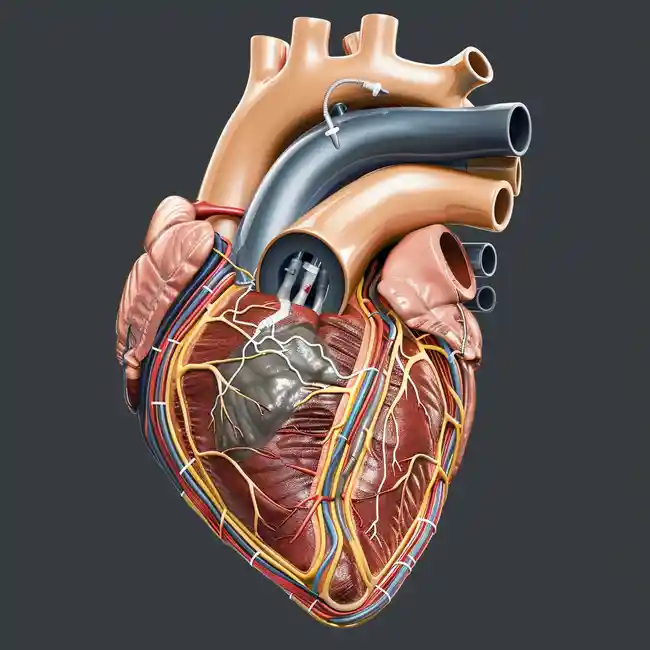Can You Defibrillate Yourself?

A lot of people consider buying a defibrillator for personal use, but then wonder – can I actually use this life-saving device on myself if needed? It’s an understandable question. After all, sudden cardiac arrest is one of the most time-critical emergencies, and having access to a defibrillator nearby could potentially be the difference between life and death.
However, the hard truth is that successfully self-defibrillating is extremely unlikely and inadvisable in pretty much any circumstance. Allow me to explain why.
Why it’s unlikely
The main issue comes down to the sudden, incapacitating nature of cardiac arrest itself. These events strike without warning, rendering you unconscious within seconds. Unless you have superhuman reflexes, getting the defibrillator pads properly positioned and the device activated before passing out is going to be near impossible.
Even if you somehow managed that, providing effective CPR between shocks is crucial for increasing survival odds. But if you’re the unconscious one, you obviously can’t administer those life-saving chest compressions to yourself. It’s a dealbreaker.
Many defibrillators also require someone to manually deliver the shock after the device analyzes the heart rhythm – something you couldn’t do if unconscious. The only tiny chance for successful self-defibrillation would be with a fully-automatic model if you timed it perfectly before blacking out. But those few seconds? They’re nearly impossible to nail.
Here’s what you should do
Defibrillators are simply designed to be used by bystanders on someone else. Trying to self-administer isn’t really feasible or recommended. Your better strategy is ensuring AEDs are available in places you frequent, and that loved ones know how to use them properly.
That way, if you did suffer cardiac arrest, they could jump into action and provide the level of care you’d need – quickly and effectively. Or alternatively, you’d be able to quickly rescue them if roles were reversed.
So while self-defibrillation is largely impractical, having an AED on hand for partners, family or friends to use on you (or vice versa) absolutely can make a life-or-death difference. It exponentially increases the odds of surviving one of the most time-sensitive medical emergencies. Its essential to know how they work and how to use them.
At the end of the day, sudden cardiac arrest requires a two-person response in most cases. By investing in an AED for the home or car, you’re really investing in the ability for someone else to save your life, or for you to save someone else’s. And that’s invaluable peace of mind.


